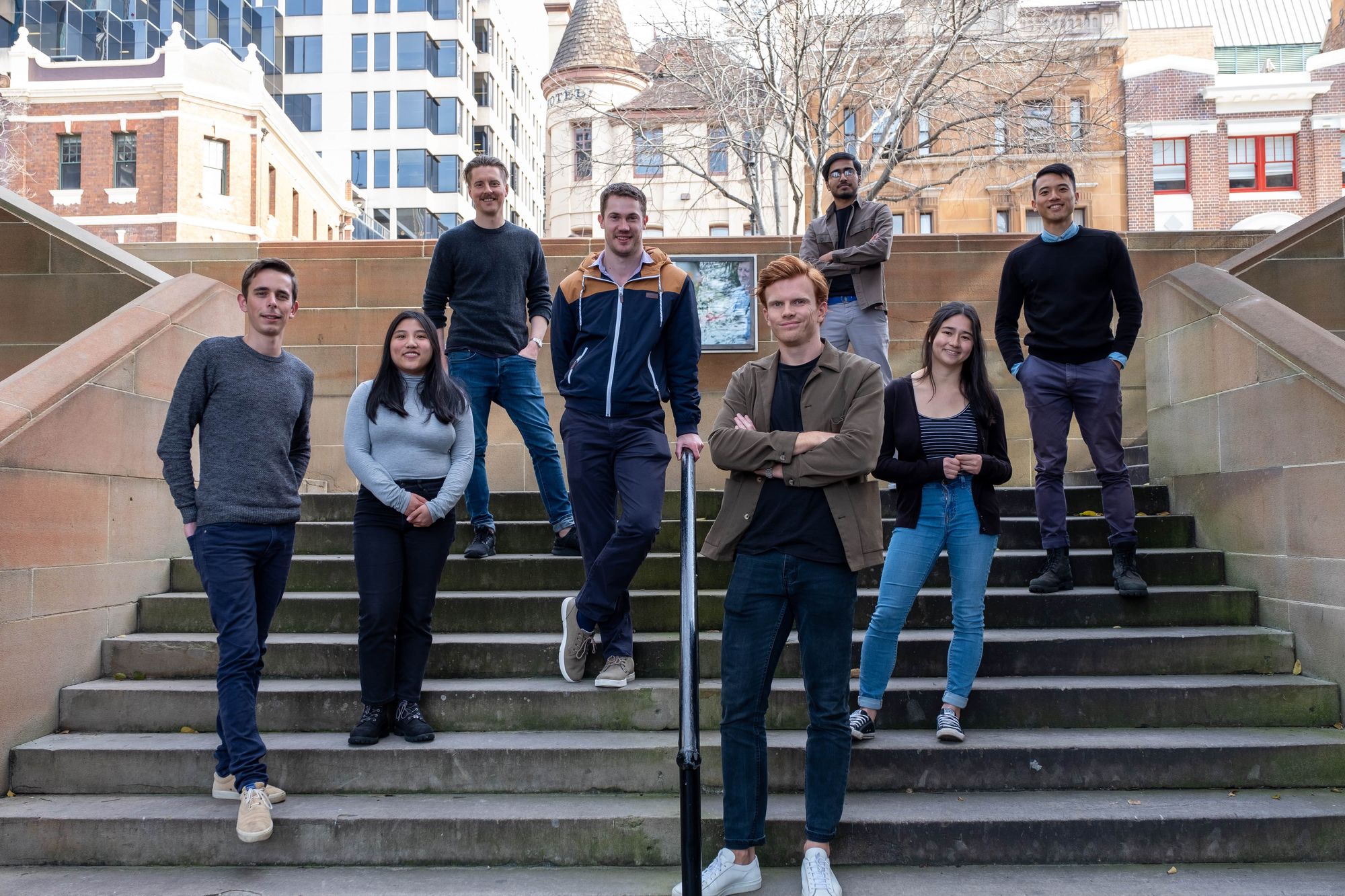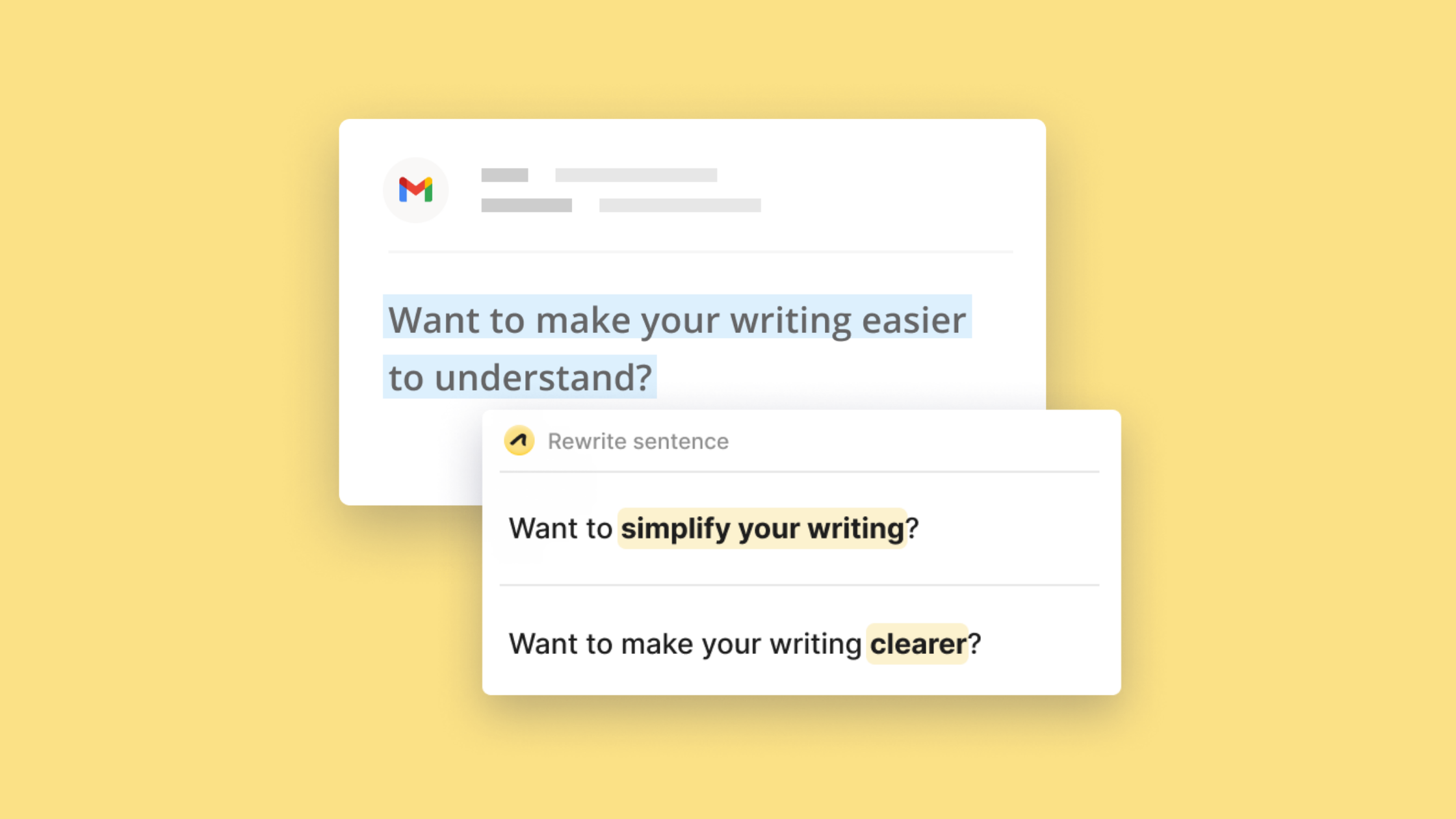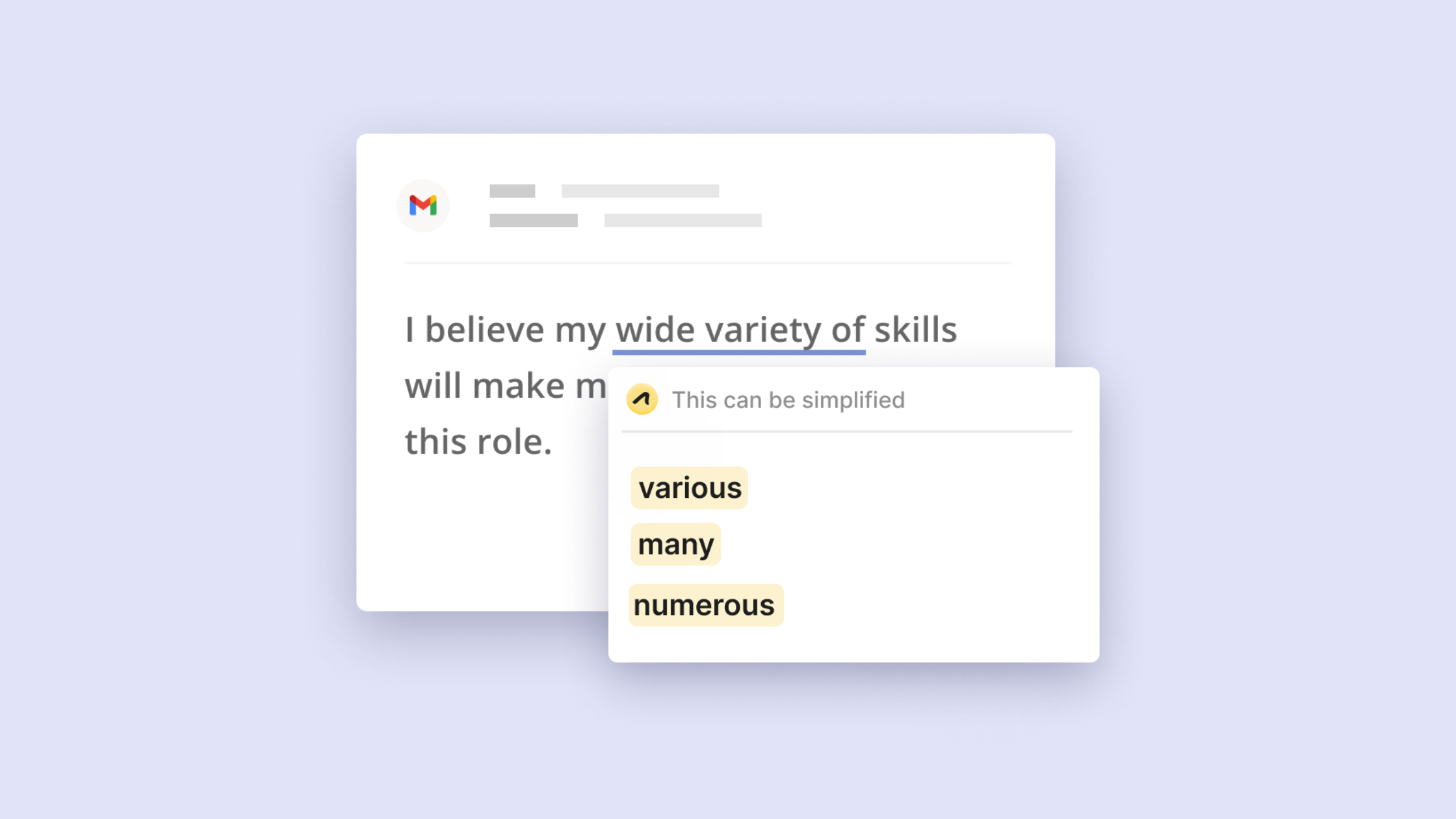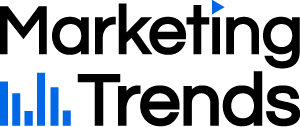Stacy Goh

At Marketing Trends, we are discovering what drives Australia’s top marketers. Stacy Goh is the digital marketing manager at Outwrite, an AI-powered writing assistant. Since launching in 2015, Outwrite has grown “from one platform to five; from two employees to nine; and from one user to over 1 million. And there's still more to come.” Read Stacy’s full interview to learn how they achieved this and her key role in rebranding the company.
Career & professional background
Stacy, how did you start working in marketing?
It started when I was nineteen. I was about a year and a half through a double degree in Media & Law that I wasn't really enjoying. I thought getting some work experience might help me figure out what I wanted (or didn’t want) to do.
So I applied for a marketing internship at 25Fifteen, a startup studio that helps early-stage businesses to grow. It was the perfect place for me: fast-paced, collaborative, with plenty of opportunities to learn. I changed my degree to Marketing two months later.
When I finished my internship, I was offered a marketing and operations role with Sneaking Duck Eyewear, another startup in the same co-working space. I spent the next two years doing everything from content creation to launching Clens, an online lens replacement service (which I got to name!).
After I graduated from university, I joined a fintech called Wildcard. I was their first employee, and later the Head of Customer Acquisition. This is where my career expanded from promoting products to shaping their development too. Then the pandemic hit, and I moved to Outwrite.
What’s your role like in digital marketing at Outwrite?
I joined Outwrite in May 2020, back when they were called GradeProof. They had never hired a marketer before, and almost all their growth to date had been organic. The company wanted to scale and expand their appeal to business professionals, but were held back by the brand’s educational undertones.
It was time for a rebrand. Despite my minimal branding experience, I came up with the name “Outwrite” on my second day of work. From there, I collaborated with a design agency called Simple as Milk to create a new brand identity that felt professional, modern, and distinct. Three months later, Outwrite was live!
Now, my day-to-day is focused on growth and product. I’m responsible for everything marketing or comms related, like search ads, email automation, and content writing. I also work closely with our product team to optimise onboarding flows, improve the UX of our Editor, and brainstorm new features. It’s a busy role, but a rewarding one!

If you weren’t working in marketing, in which other industry do you think you might be?
When I was younger, I was like: “I want to be a teacher”, “I want to be a journalist”, “I want to work in advertising” and then I was like “No, I want to be a lawyer!”.
I realised that every job I was interested in had something to do with communication. I’ve always loved to write, and it turns out it’s a valuable skill set to have.
Marketing & Industry Trends
What type of impact has COVID- 19 had on Outwrite?
Fortunately for us, Outwrite’s offering is entirely online. When COVID-19 hit, more people were working remotely and, unfortunately, more people were looking for work. That meant there was increased demand for online writing tools like ours that could help people refine their cover letters, resumes, and emails. By August, we’d reached one million users.
Our team also grew in 2020, from five employees to nine. We’re still working remotely, with the occasional catch-up in person. As terrible as COVID-19 has been, I appreciate how it’s helped normalise flexible working arrangements.
What is the most exciting trend or innovation happening in your field in terms of marketing?
Personally, I’m always excited to see new marketing channels pop up, like TikTok. It presents opportunities for me to learn new things, and engage with audiences in new ways.
In relation to what we do at Outwrite, it would have to be GPT-3. It’s an incredible piece of tech. The auto-regressive language model can generate anything from a search ad to an entire blog article with just a few prompts. You’ll find plenty of applications of it on ProductHunt.
GPT-3 still has many flaws, and doesn’t sound like a real human yet. But in the right hands, I think it could become a valuable tool for any marketer faced with writer’s block.

As a marketer, what do you believe is the biggest challenge facing your industry in the future?
If you run Google or Facebook ads (i.e. most digital marketers), I’d recommend reading Subprime Attention Crisis by Tim Hwang. The book explores the commoditization of attention, comparing how the structure of online advertising marketplaces closely resembles the stock market. He argues a lack of transparency, inaccurate data, and widespread fraud are causing advertisers to overvalue their ads, much like subprime mortgages were overvalued in the 2000s.
As a marketer, it’s pretty scary to read that 56.1% of ads displayed on the Internet are never seen by a human (that’s a statistic from Google) and around 50% of click-throughs on mobile are unintentional.
It’s a timely reminder that we should be careful about how and where we spend our precious ad budget. The rules of the marketing game change rapidly, so we should avoid putting all of our eggs in the ad duopoly basket.
Tools, recommendations & sources of inspiration
What is the one software you can’t work without and why?
I am a big fan of Notion. Before I was introduced to it, I used to write my notes all over the place: in Google Docs, emails, note-taking apps, on random scraps of paper. Notion helps me organise my thoughts in a beautiful, clean way. I use it for work every day, and even for my personal life. It’s amazing.
I also use Outwrite, obviously. Not just because I work there, but because it helps me write concisely. I sometimes fall into the trap of using too many words, so it’s handy when I’m writing ad copy with a strict character limit (or editing this interview piece).
What brands do you take inspiration from?
When it comes down to brands that inspire me, I guess there are two categories. One is women-led brands. There aren’t enough of them, and women-led startups receive so little funding. So it’s encouraging seeing women (and those from other marginalised groups) break the mould and build amazing products. Ovira, Modibodi, and Eucalyptus’ Kin Fertility and Normal are some good Australian examples. I’m not sure if I’d ever become a startup founder myself, but I still see them as role models.
The second category of brands that inspire me are the ones with good copy. Brands with a consistent, powerful voice who are confident in who they are and what they stand for. Unyoked is a fantastic example of this (they do those off-the-grid cabins you’ve probably seen on Instagram). There’s something so satisfying about a company that can perfectly capture their value proposition in a single line. My partner, who’s a product designer, and I will often exchange screenshots of copy we think are really neat.

What are three resources you would recommend for anyone working in your field?
Mehdeeka Newsletter: Kayla Medica, the marketing manager at Perkbox, started a Substack last year aimed at solo marketers like myself. Each week, she explores a different aspect of marketing, often with an interview with an expert. I find I pick up at least one titbit of knowledge from every newsletter.
producthunt.com: I check this website every morning. Partly to discover new products and potential competitors, but also for inspiration. I learn a lot from seeing how other startups market themselves.
Technically Wrong: Sexist Apps, Biased Algorithms, and Other Threats of Toxic Tech: This book by Sara Wachter-Boettcher transformed the way I think about work. She talks about what happens when homogeneous teams build tech products for people they don’t know much (or anything) about. Instead of relying on personas, a tool that can lead to stereotyping and narrow thinking, she advocates for using “stress cases”: identifying the many, often imperfect ways that people may interact with your product. Thinking about real user journeys can help us build products that benefit everyone.


